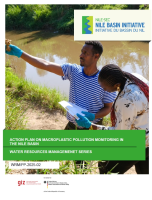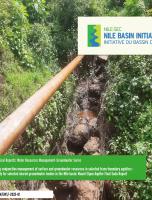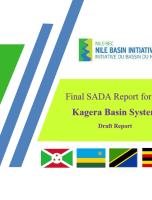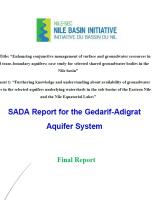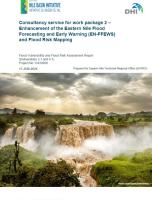Abstract
Nile is one of the longest rivers in the world; it flows through ten countries of which five of them are the poorest nation in the world. Despite the fact that Nile has productive ecosystem, the Nile’s land and water are underutilized and degraded at an alarming rate. The wetland areas in the basin are one of the most degraded parts of the Nile, which covers 5% of the basin. These wetlands’ have important role on sustaining the livelihood of million households by furnishing provisioning ecosystem services (i.e. Nile Basin wetlands have vital role to cultivate small scale agriculture and grazing land for livestock by retaining moisture for long time even in time of drought). In addition, especially wetlands in Uganda, headwater wetlands around Baro Akobo, Lake Albert, Sudd, Machar Marshes and Bahr Ghaz have significant role for the hydrology of Nile River by regulating the water flow, attenuate flow and improving water-related ecosystem services of the Nile Basin. These wetlands not only contribute for the ecology of Nile riparian countries, but also benefits for the global community. Although the Nile wetlands have the above mentioned benefits, these wetlands’ are vulnerable to infrastructure development close to water resources, conversion to agricultural land, increasing populations and overexploitation of resources, expansion of invasive species, extraction of minerals and oil, and climate change(Smakhtin 2012a). To address the challenges, NBI draws wetland management strategy which gives especial focus for trans-boundary wetlands. The main objective of this strategy is to promote sustainable and cooperative wetland management, to strength national policy and institution for effective wetland management by strengthening data and knowledge repository of Nile basin riparian countries regarding wide range ecological and socioeconomic benefit of wetlands (Henry Busulwa 2012).
